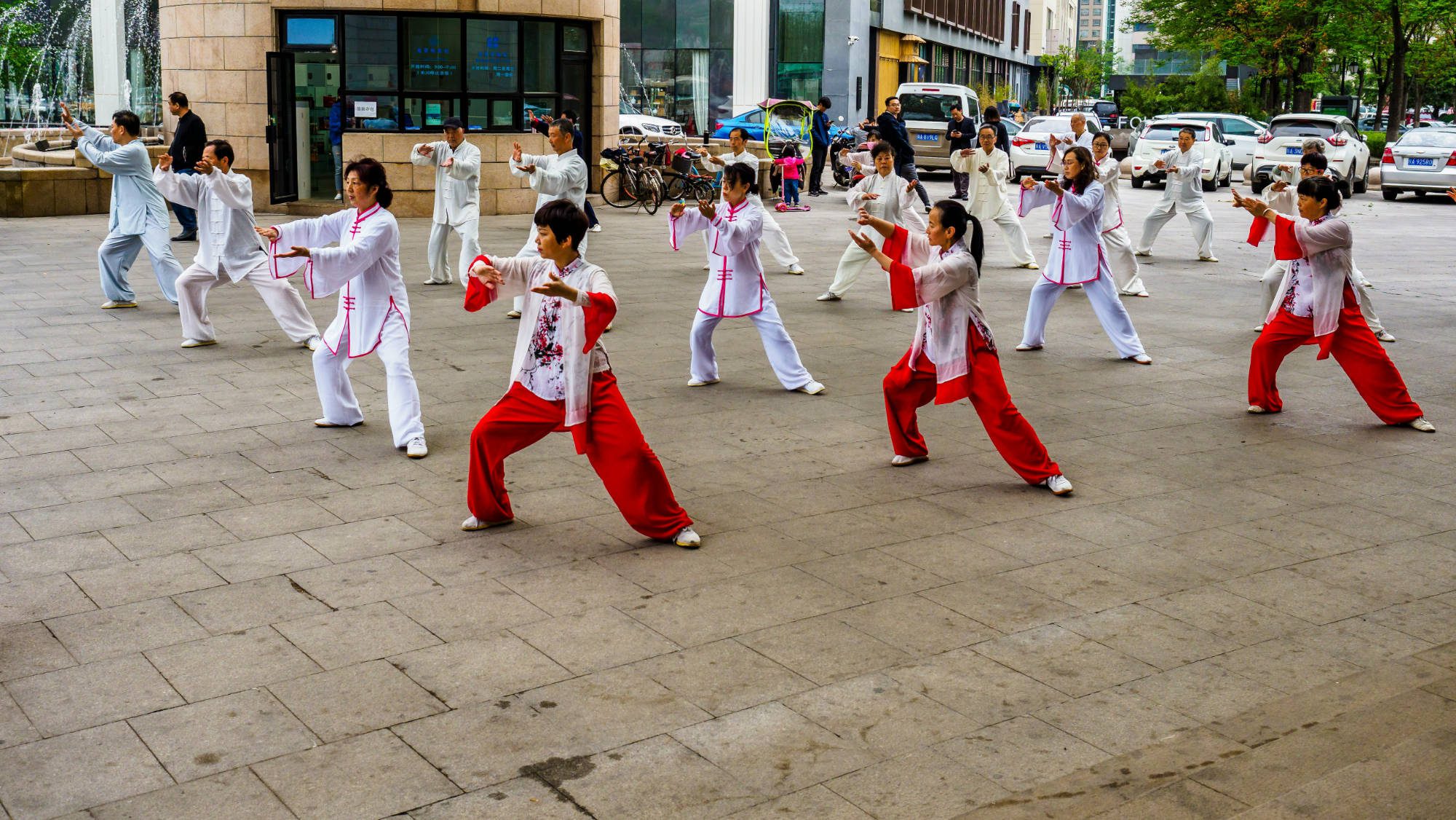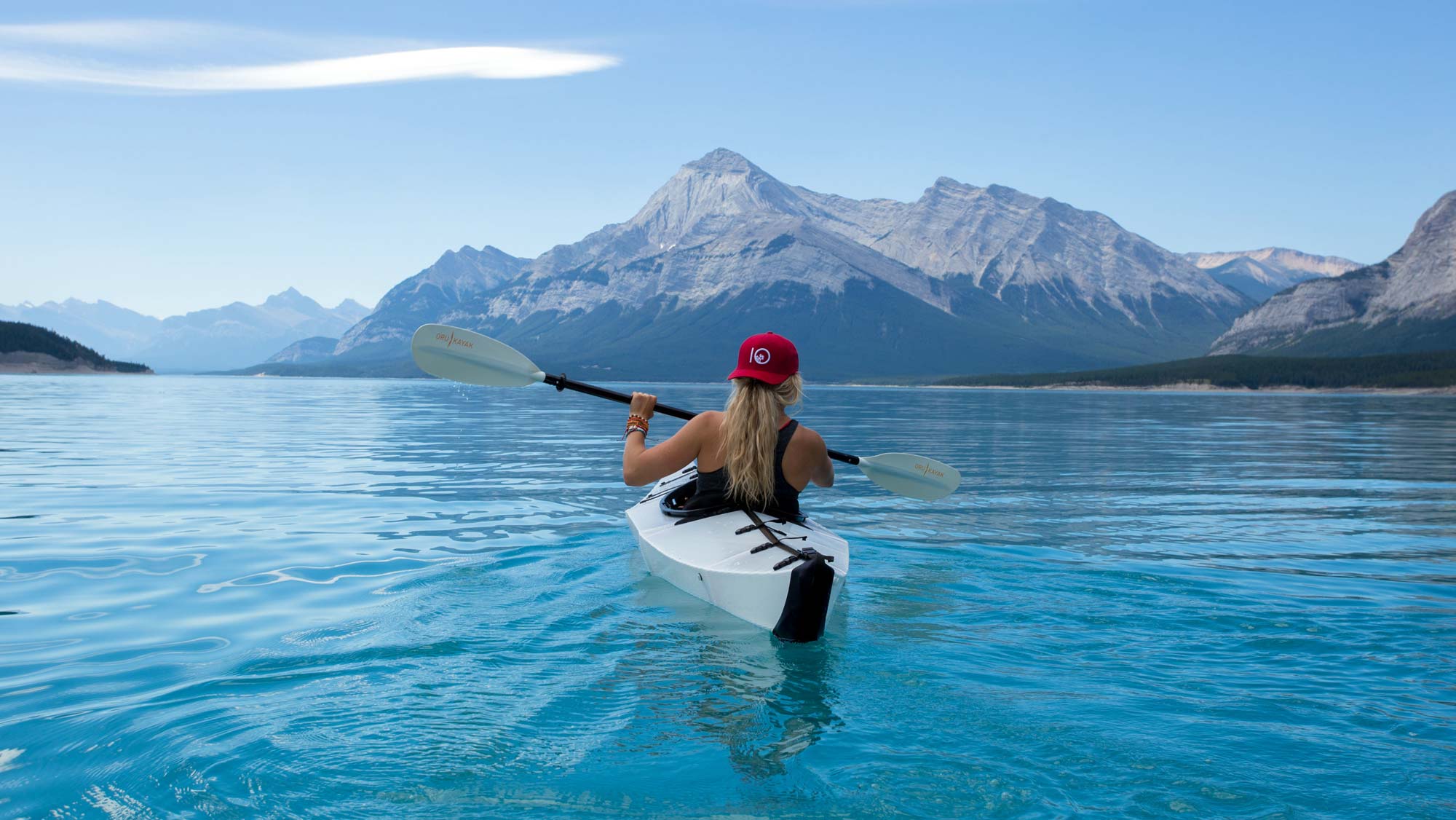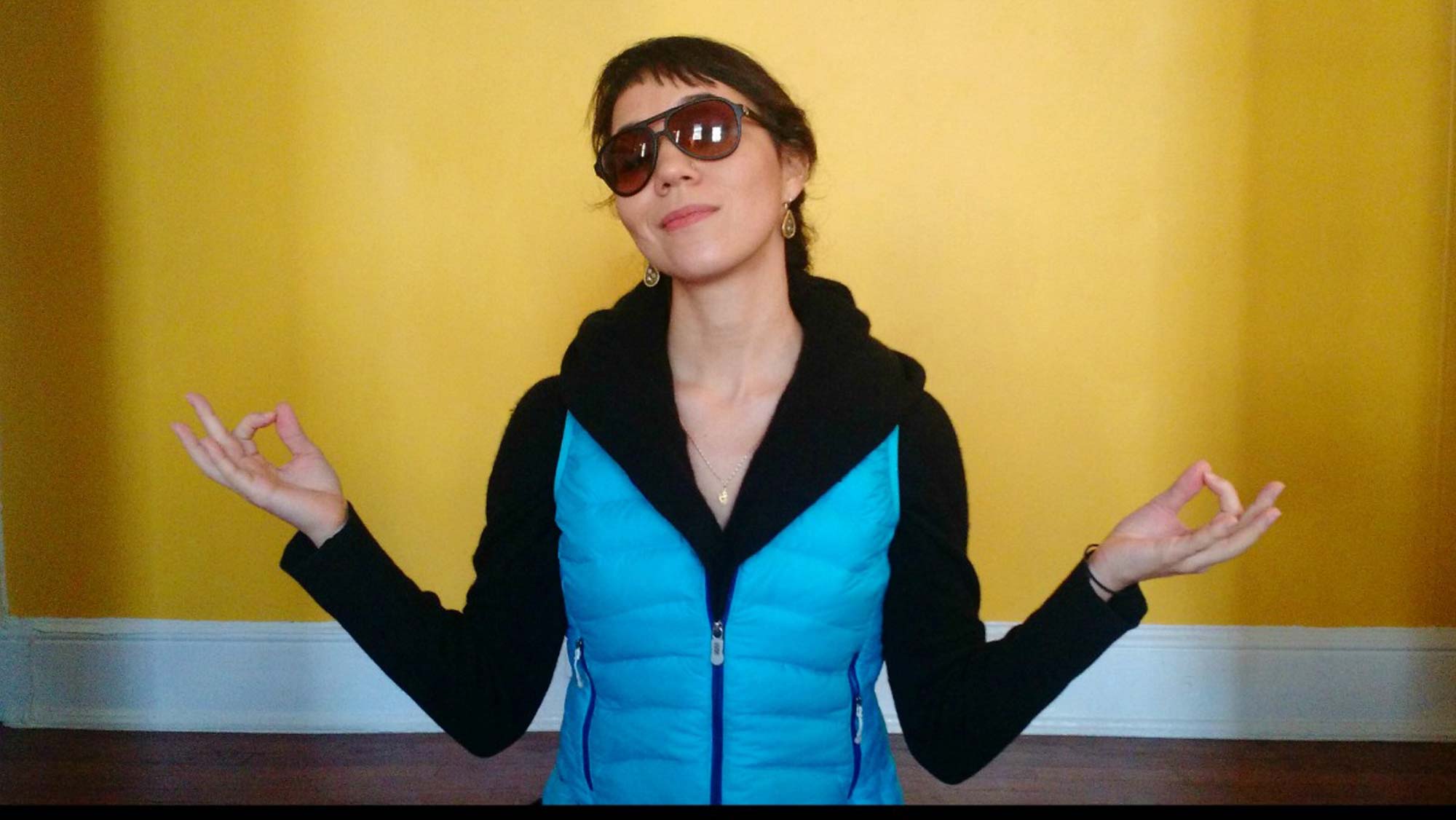A patient of mine came in to my Washington DC acupuncture office a few months ago with chronic and severe ankle pain. One of her great loves is walking through the city daily with her husband, and also walking and hiking on her many travels. In addition, as she entered her 60s, she wanted to be sure that she was able to maintain her physical strength and mobility, and to lose and keep off the weight that had been accumulating over the past 5 years.
ChiWalking
I immediately thought of ChiWalking.
ChiWalking and ChiRunning are written by Danny and Katherine Dreyer. Danny is long-time running coach and ultra-marathon runner. Many years ago, he began studying tai chi with a master in San Francisco, and eventually created a marriage between the postural elements of tai chi and the movements of walking and running.
The practical effects of this combination is to lower the impact of each stride on the foot, heel, ankle, knees, hips, and low back. Effectively, one of Danny’s goals was to create injury-free walking and running.
Have you experienced injuries or pain in any of these areas? Do you also walk and/or run? If so, I would definitely check out ChiWalking and ChiRunning.
Posture
Posture is at the core of Danny and Katherine’s system. The posture system outlined here is taken straight from tai chi. Here are some of the main postural elements:
- Crown of the head is lifted like being pulled up with a string
- Occiput and chin come slightly up and in
- Head is level with the ground, eyes look forward to the horizon
- Pelvis is level with the ground (you have to use a little lower abdominal core strength for this)
- Thus, spine is straight
- Torso slightly leans forward (1/4 inch)
- All muscles except core are relaxed
How to Walk
Danny and Katherine go through quite a number “form focuses” regarding how to think about the motion of walking and running. To summarize some of the main points:
- Your momentum comes from “the lean”—leaning, and basically falling forward, keeping the posture, and allowing your legs to basically just catch you as you move forward. The idea here is that leaning and falling allow gravity to do all the work, and your legs are as relaxed as possible. No “power” walking or running here.
- Land lightly, rolling through the midfoot and forefoot. Avoid landing on the heel. This pointer is the key to healing my patient’s ankle injuries. Excessive impact on the heel was creating her chronic and debilitating ankle pain.
- Land without making a sound (or as quietly as possible!). This instruction again is excellent for my patient, because it reduces impact to the whole body, and especially the ankles, heels, and feet.
There are many, many more pointers in these in-depth and excellent books. I recommend the ChiWalking and ChiRunning workbooks and DVDs as well. I have been using the ChiWalking workbook and DVD for the past 8 weeks as I break in my new barefoot shoes (more on that in a future blog post!), and I’ve been loving it.
A Relief from Ankle Pain—using natural methods
So, what happened to my patient? You may have guessed that there’s a happy ending here… After adopting the ChiWalking posture and form focuses, she remembered the poise she had as a dancer. She was able to feel her posture lifting her up, and through a couple lessons at my office, we pinpointed the ways in which her stride was creating the excessive impact on her ankle.
With these adjustments, plus acupuncture treatments that created some excellent pain relief during this process, my patient has made great strides toward injury and pain-free walking (yes, bad puns do run in my family—sorry!). And, to boot, along with some dietary changes, she has already lost about 10 pounds!
If you have questions about ChiWalking and ChiRunning, please contact me at my Washington DC acupuncture office.







